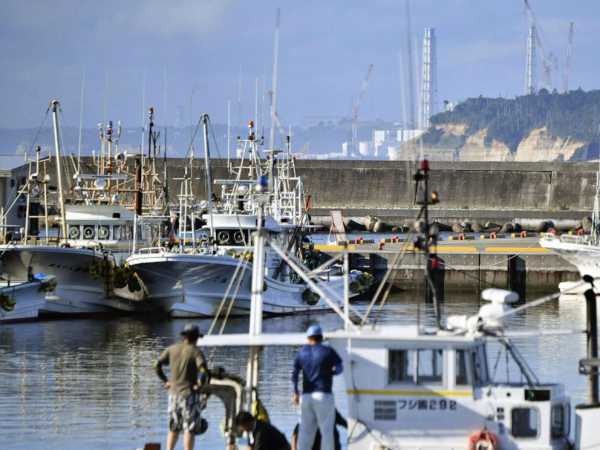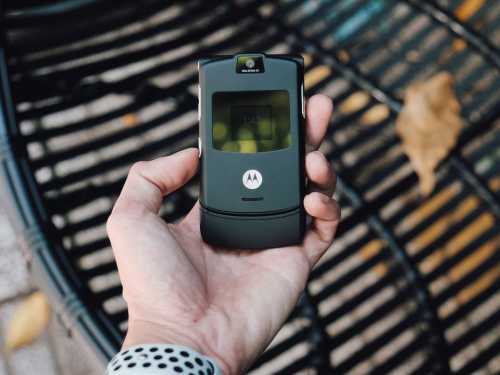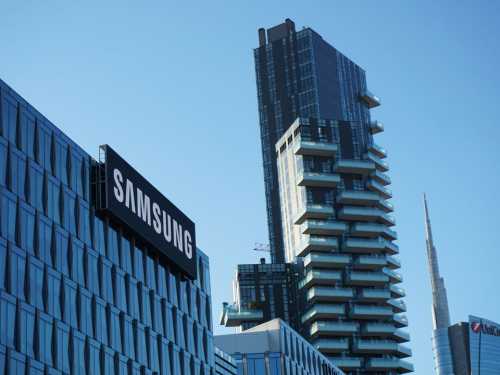
Treated but still slightly radioactive wastewater from the wrecked Fukushima Daiichi nuclear power plant is being released into the Pacific Ocean in a process that began Thursday — more than 12 years after a massive earthquake and tsunami caused the meltdowns of three of its reactors and the continuing leakage of cooling water. Here is a timeline of events:
— March 11, 2011: A magnitude 9.0 earthquake strikes off the coast of northeastern Japan, triggering a towering tsunami that smashed into the Fukushima nuclear plant, knocking out power and cooling systems and triggering meltdowns in three reactors.
— March 12, 2011: A hydrogen explosion occurs at the plant’s No. 1 reactor, sending radiation into the air. Residents within a 20-kilometer (12-mile) radius are ordered to evacuate. Similar explosions occur at the two other damaged reactors over the following days.
— April 4, 2011: The plant operator releases more than 10,000 tons of low-level radioactive water into the sea to empty a storage facility so it can be used to hold more highly contaminated water, affecting fish and angering local fishing groups.
— April 12, 2011: Japan raises the accident to category 7, the highest level on the International Nuclear and Radiological Event Scale, from an earlier 5, based on radiation released into the atmosphere.
— Dec. 16, 2011: After months of struggle to stabilize the plant, Japan declares a “cold shutdown,” with core temperatures and pressures down to a level where nuclear chain reactions do not occur.
— July 23, 2012: A government-appointed independent investigation concludes that the nuclear accident was caused by a lack of adequate safety and crisis management by the plant’s operator, Tokyo Electric Power Company Holdings (TEPCO), lax oversight by nuclear regulators and collusion.
— March 30, 2013: An Advanced Liquid Processing System begins operating to improve the treatment of contaminated water.
— Dec. 22, 2014: TEPCO completes the removal of spent nuclear fuel rods from the No. 4 reactor cooling pool, an initial milestone in the plant’s decades-long decommissioning.
— Aug. 25, 2015: The government and TEPCO send a statement to Fukushima fisheries groups pledging to never release contaminated water into the sea without their “understanding."
— March 31, 2016: TEPCO introduces an underground wall that is cooled to freezing temperatures around four reactor buildings as a way of reducing the amount of groundwater seeping into reactor basements and mixing with highly radioactive cooling water leaking from the melted reactors.
— Feb. 10, 2020: As the amount of leaked radioactive cooling water stored in tanks at the plant rapidly increases, a government panel recommends its controlled release into the sea. TEPCO says its 1.37 million-ton storage capacity will be reached in the first half of 2024.
— Feb. 13, 2021: A magnitude 7.3 earthquake hits off the Fukushima coast, leaving one person dead and injuring more than 180. It causes minor damage at the nuclear plant.
— March 31, 2021: Fukushima fisheries cooperatives announce their return to normal operations after almost all of their catch meets safety standards. The catch is still recovering and remains one-fifth of pre-disaster levels.
— April 13, 2021: The government announces plans to start releasing treated radioactive water from the plant into the Pacific Ocean in about two years.
— July 5, 2023: International Atomic Energy Agency chief Rafael Mariano Grossi visits the plant to see the water release facilities and says he is satisfied with safety measures.
— Aug. 22, 2023: Prime Minister Fumio Kishida, after visiting the plant to highlight the safety of the water release plan and pledging long-term support for fisheries groups, announces the discharge will begin as early as Thursday if weather and sea conditions allow.
— Aug. 24, 2023: Fukushima Daiichi nuclear power plant begins releasing its first batch of treated radioactive water into the Pacific Ocean.
Sourse: abcnews.go.com






